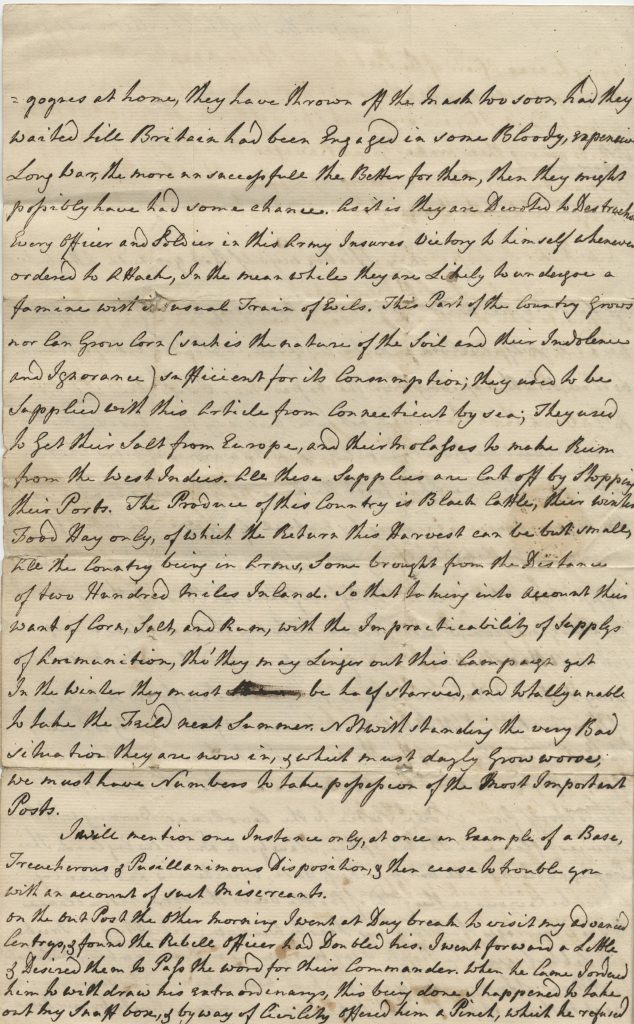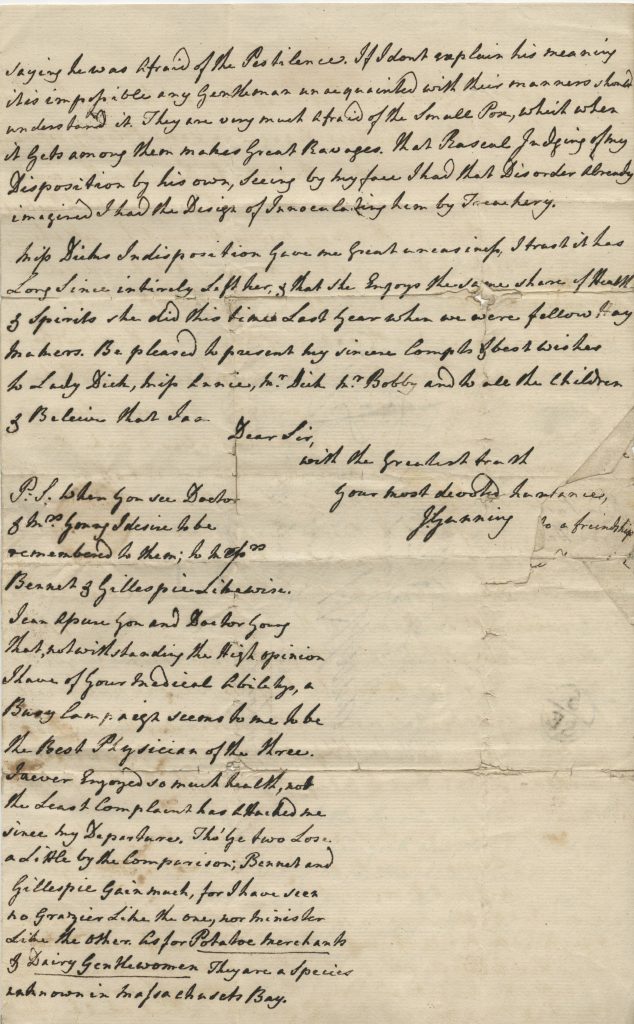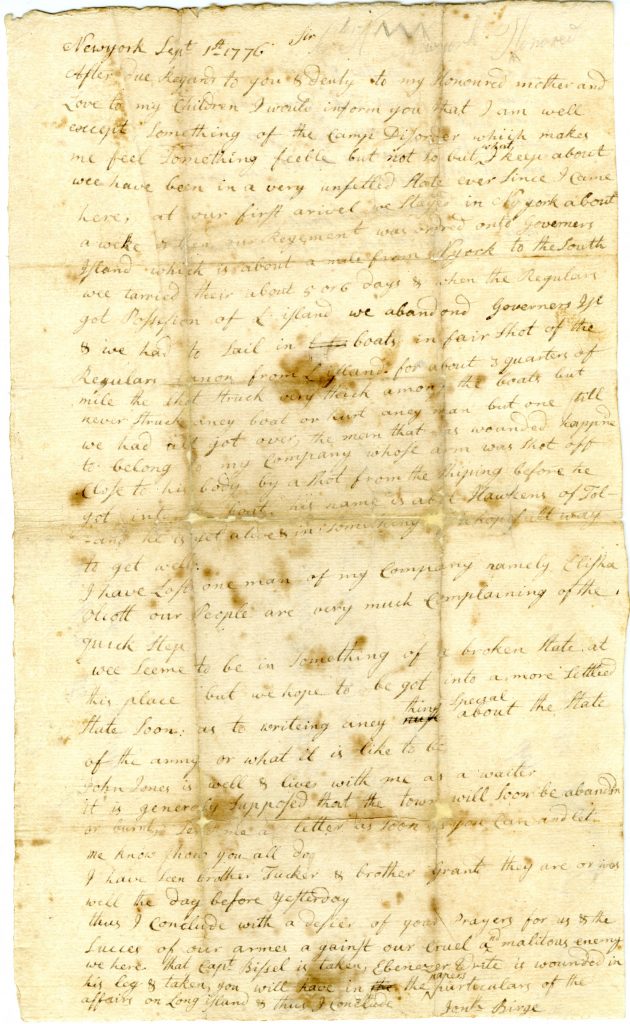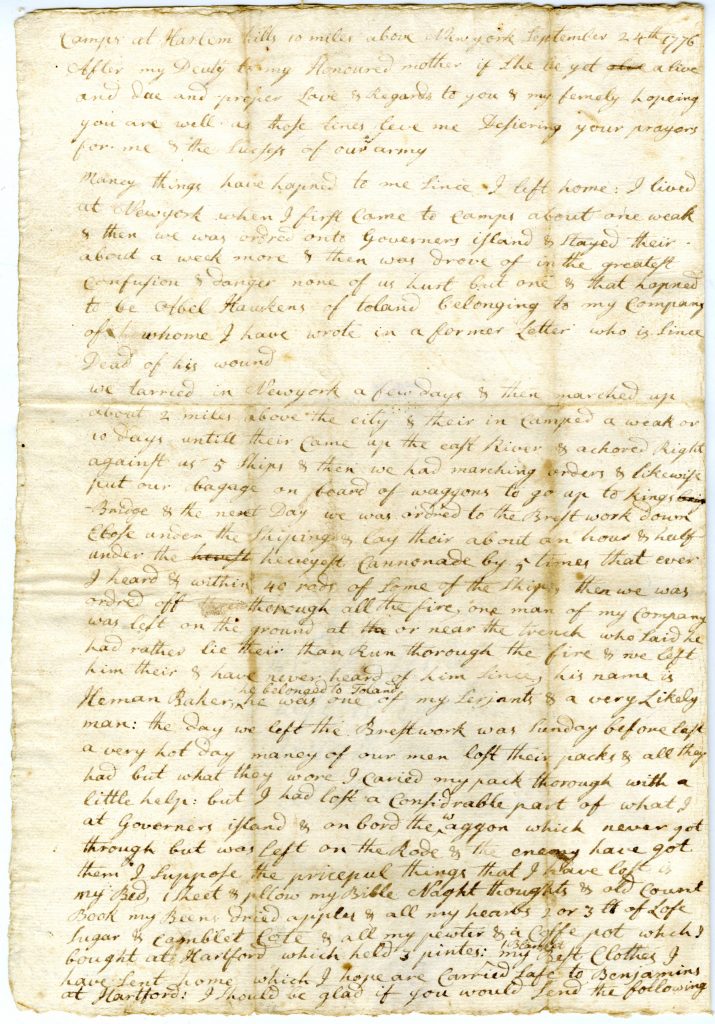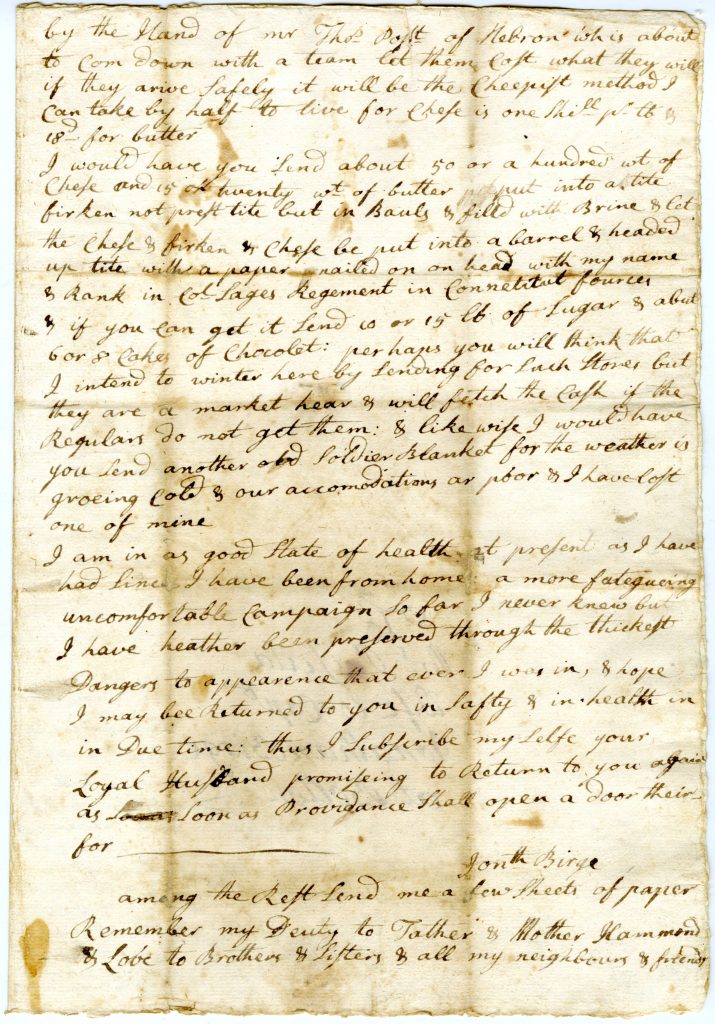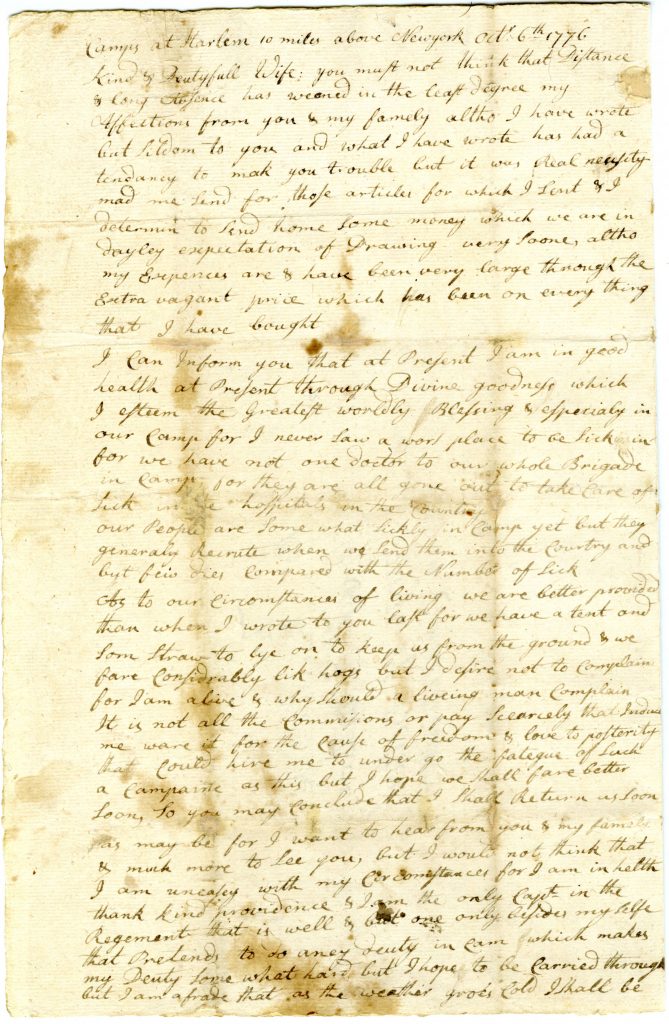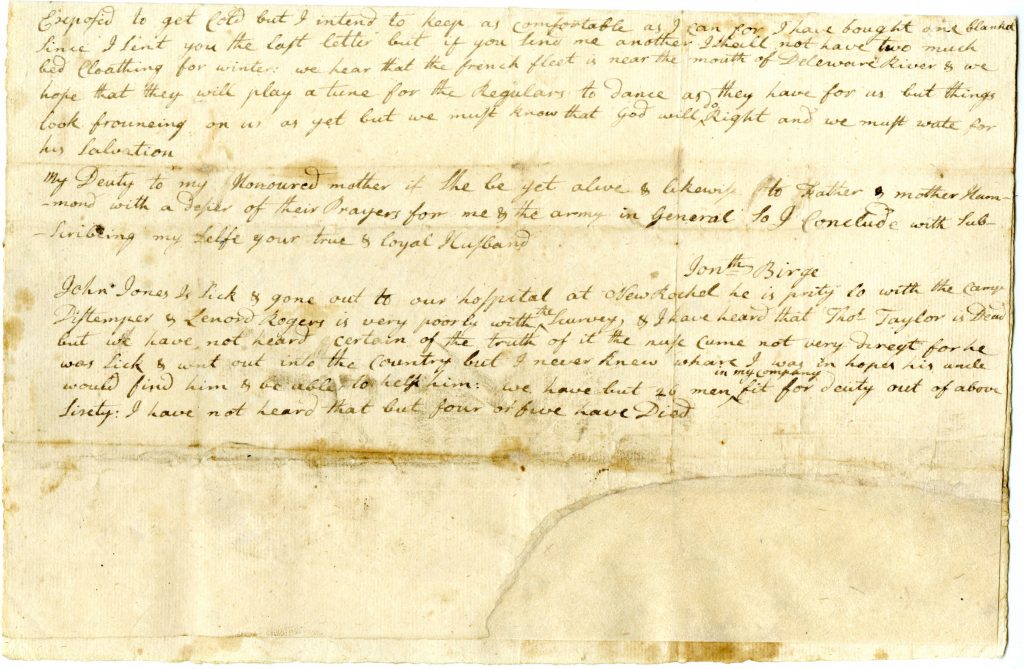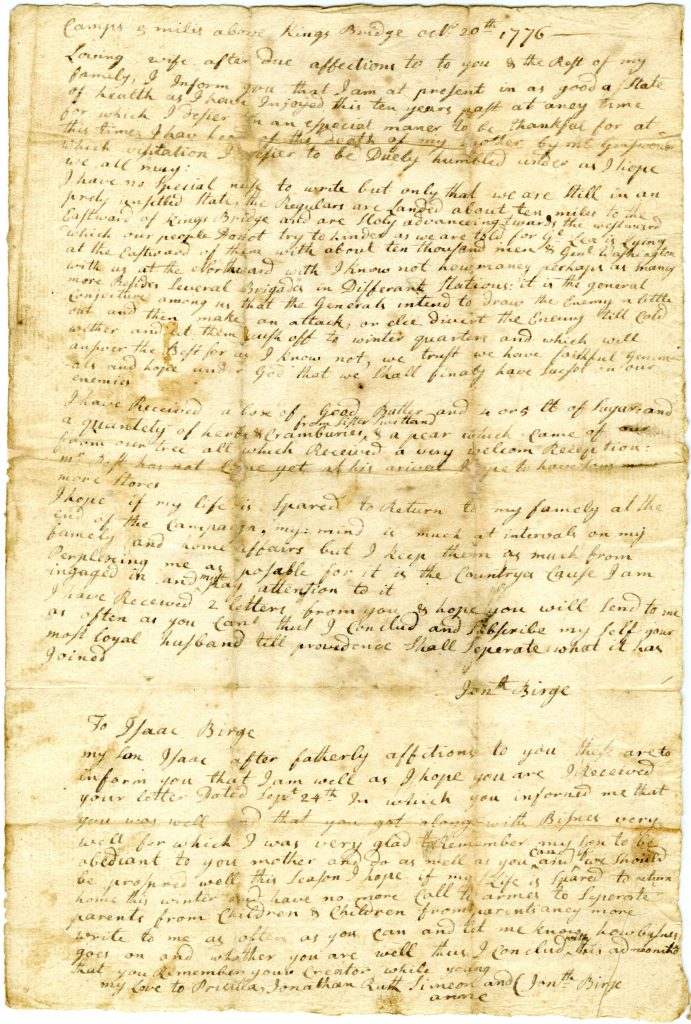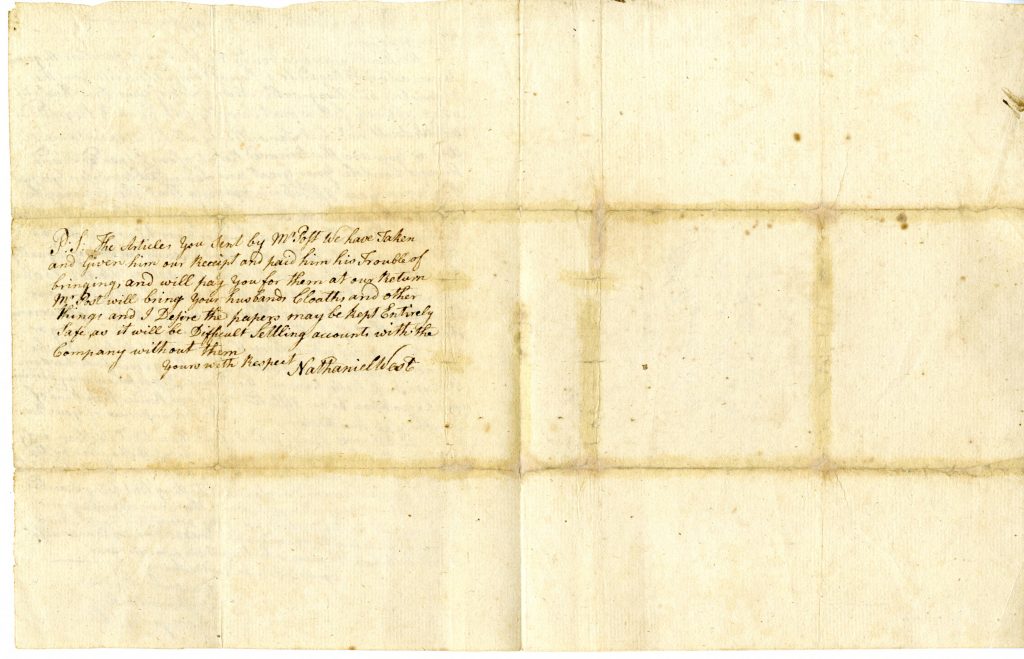Rob Schulte, Neptune Township School District, New Jersey
DESIGN LEVEL: Middle School-High School

Overview
The Enlightenment ideals expressed in the Declaration of Independence directly influenced the actions of the citizens and soldiers of colonial America. In this lesson students analyze primary sources to discover how the Declaration of Independence’s argument for liberty and independence was articulated and reflected throughout the newly independent states, and how those ideals continue to shape our nation today.
This activity will give students a better understanding of the immediate consequences and the more than two hundred year legacy of the Declaration of Independence, raising students’ awareness of the ideals of the Revolution and why soldiers fought to defend those ideals.
Objectives
Students will:
- analyze the meaning and impact of the Declaration of Independence,
- analyze the influence of the Declaration’s ideals as reflected in lesser-known primary source documents from the eighteenth century,
- connect the ideals expressed in the Declaration to movements in American history as well as present-day America, and
- answer the following essential questions:
- When are people justified in revolting against their government?
- How did the ideals expressed in the Declaration of Independence spur American Patriots to become revolutionaries?
- How did the ideals of the Declaration of Independence influence later citizens and movements, and how do they influence us today?
Materials
- Transcription of the Declaration of Independence, National Archives
- La destruction de la statue royale a Nouvelle Yorck [New Yorkers pull down George III’s statue] [engraving], The Society of the Cincinnati
- John Gunning, A.L.S. Camp on the Heights Charlestown 17th July 1775: to Alexander Dick Prestonfield , Edinburgh. [manuscript], The Society of the Cincinnati
- Transcription of Camp on the Heights Charlestown 17th July 1775, American Revolution Institute
- 6 A.LL.S. by Capt. Jonathan Birge and officers of his unit, New York, 15 August-November 17, 1776 : to Priscilla Birge, Bolton, Conn. [manuscript], The Society of the Cincinnati
- Transcription of Camps at New York August 15th 1776, American Revolution Institute
- Part 4 of 4: Martin Luther King and the American Revolution [YouTube video], American Revolution Institute
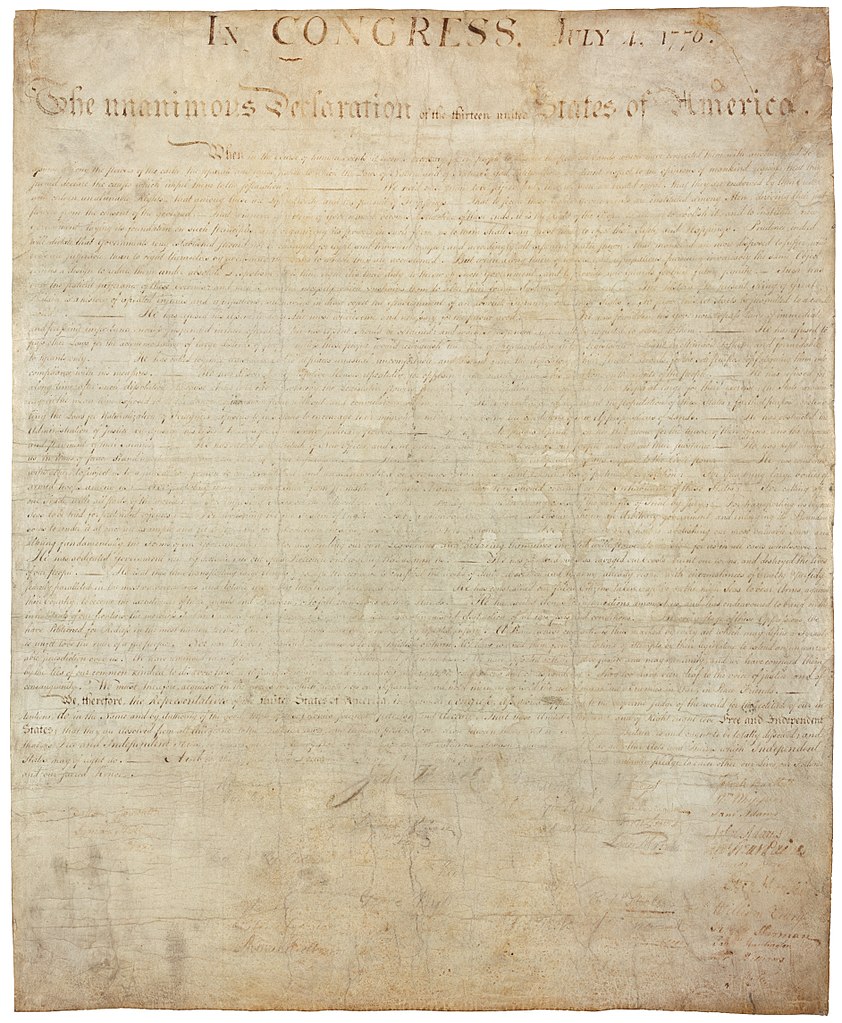
Recommended Time
Two 60-minute class periods.
Activity
Day 1:
Activity 1:
Explain the history behind the writing of the Declaration of Independence and its Enlightenment influences. (Background information from National Archives at: https://www.archives.gov/founding-docs/declaration/what-does-it-say).
Ask students to answer the following questions:
- How did the Declaration of Independence relate to the already year-long war against the British?
- How did the Declaration change the nature of the conflict?
- How did Enlightenment thinkers influence the writing of the Declaration?

Activity 2:
Show students the engraving of New Yorkers pulling down the statue of King George III and relay the following background information:
On July 9, 1776, after hearing a reading of the Declaration of Independence, New Yorkers gathered to tear down the gilt equestrian statue of King George III located on Bowling Green in New York City. The statue was hauled away and melted into bullets for American troops. This etching is an imagined view done by a French engraver and contains fictitious details, for example, George III is not depicted on horseback and the colonists and soldiers who tore down the statue are depicted as people of color. Despite the lack of accuracy in its showing of the event, this engraving was published by the French and widely reprinted in Europe, indicating European interest in the events of the American Revolution.
Ask students to answer the following questions:
- What made the colonists so angry with the king?
- What in the Declaration of Independence inspired Americans to tear down the statue of King George?
- What would you have done if you heard that independence was being declared?
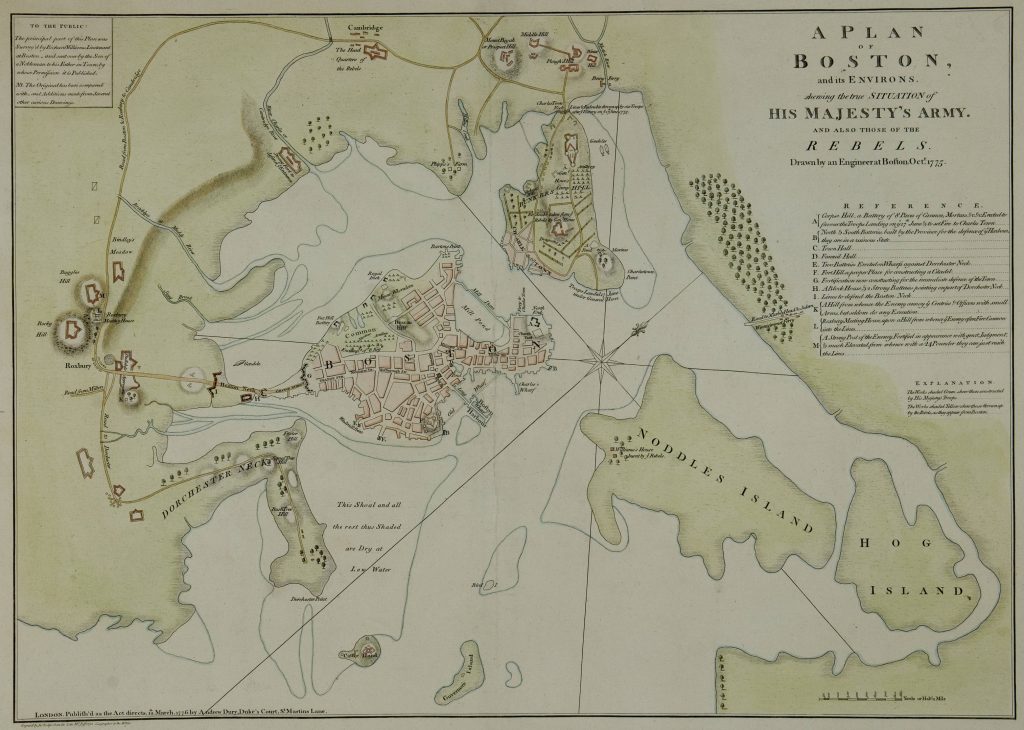
Activity 3:
Share John Gunning, A.L.S. Camp on the Heights Charlestown 17th July 1775: to Alexander Dick Prestonfield , Edinburgh and its transcript with students and discuss the following information:
This letter was written by British army captain John Gunning during the Siege of Boston. In the letter he writes, “the same spirit shows itself from Nova Scotia to the Carolinas; burning with the fiercest flame in Philadelphia, New York and New England . . . The People I say presuming on their numbers, and animated by Notions of Independence, are and have been determined for some years past to throw off the British yoke.”
Ask students to answer the following questions:
- What does Gunning mean when he says Americans are “habituated by notions of independence”?
- What are the notions or ideals of independence we reviewed earlier in the Declaration of Independence?
- What are people sacrificing for these notions?
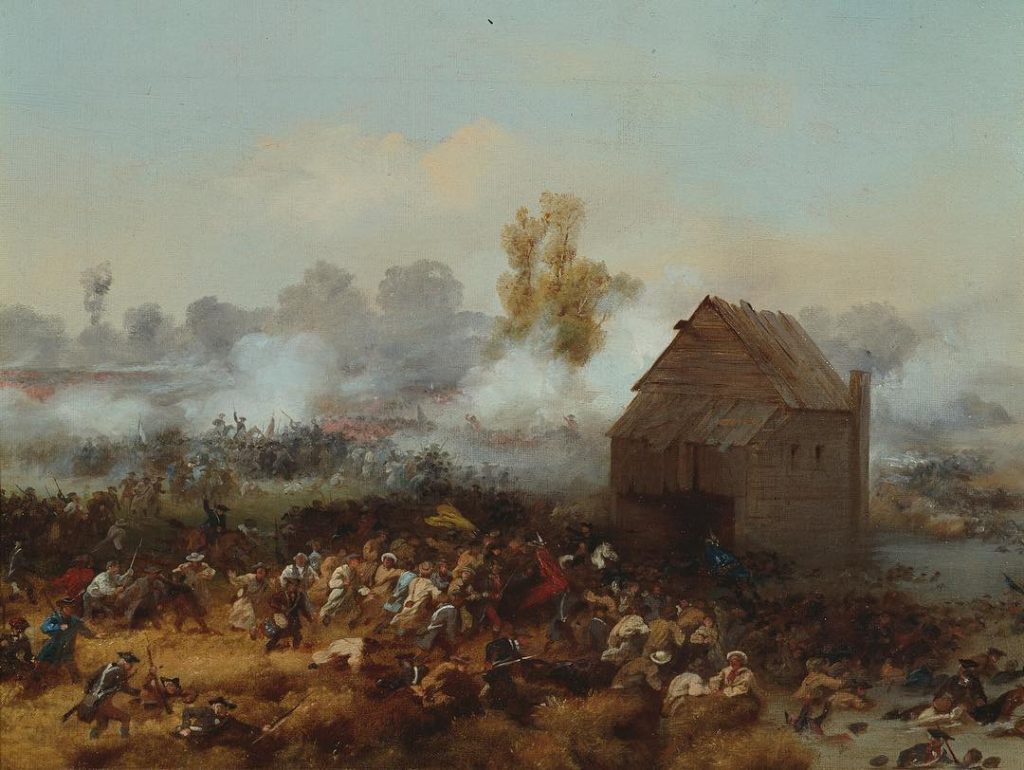
Day 2:
Activity 4:
Share the letters by Capt. Jonathan Birge and officers of his unit, New York, 15 August-October 20, 1776 : to Priscilla Birge, Bolton, Conn. and their transcripts with students.
Divide students into five groups, asking each group to read and discuss one letter, then present their analysis of it to the class.
After all five groups have shared their letters, ask every student to read the final letter discussing Birge’s death, then answer the following prompts and questions:
- Summarize the story of Captain Jonathan Birge.
- What were conditions like for the soldiers?
- Did they have the supplies they needed?
- Why do you think Jonathan Birge signed up to fight? Use one direct quote from the reading to support your answer.
- What did people have to do to support the ideals written in the Declaration of Independence?
- Why were these men willing to sacrifice their lives to become revolutionaries?
Activity 5:
Watch this three minute video about the influence of the American Revolution on the Civil Rights work of Martin Luther King, Jr.:
Share with the class: In his famous “I Have a Dream” speech, Martin Luther King declared “when the architects of our Republic wrote the magnificent words of the Constitution and Declaration of Independence, they were signing a promissory note to which every American was to fall heir . . . a promise that all men-yes, black men as well as white men- would be guaranteed the unalienable rights of life, liberty and the pursuit of happiness.”
Have students answer the following questions and prompts:
- Why does Martin Luther King refer to the Declaration of Independence?
- Compare the Declaration’s ideals cited in Dr. King’s speech to modern issues regarding civil rights and justice under the law.
- Has America achieved the Declaration’s highest ideals?
Standards Addressed
COMMON CORE: English Language Arts Standards—History/Social Studies—Grade 6-8
Historical Analysis and Skills Development: Reading, Writing, Speaking, Listening; Writing: Key Ideas and Details; Craft and Structure: Integration of Knowledge and Ideas
![Click for a larger view. La destruction de la statue royale a Nouvelle Yorck by André Basset [possible], ca. 1776](https://www.americanrevolutioninstitute.org/wp-content/uploads/2019/10/La_destruction_de_la_statue_royale_a_Nouvelle_Yorck_New_Yorkers_pull_down_George_IIIs_statue_engraving-2-1024x745.jpg)
La destruction de la statue royale a Nouvelle Yorck [New Yorkers pull down George III's statue]
André Basset, publisher [possible]
ca. 1776The Society of the Cincinnati
On July 9, 1776, after hearing the reading of the Declaration of Independence, New Yorkers tore down the gilt equestrian statue of King George III located on the Bowling Green.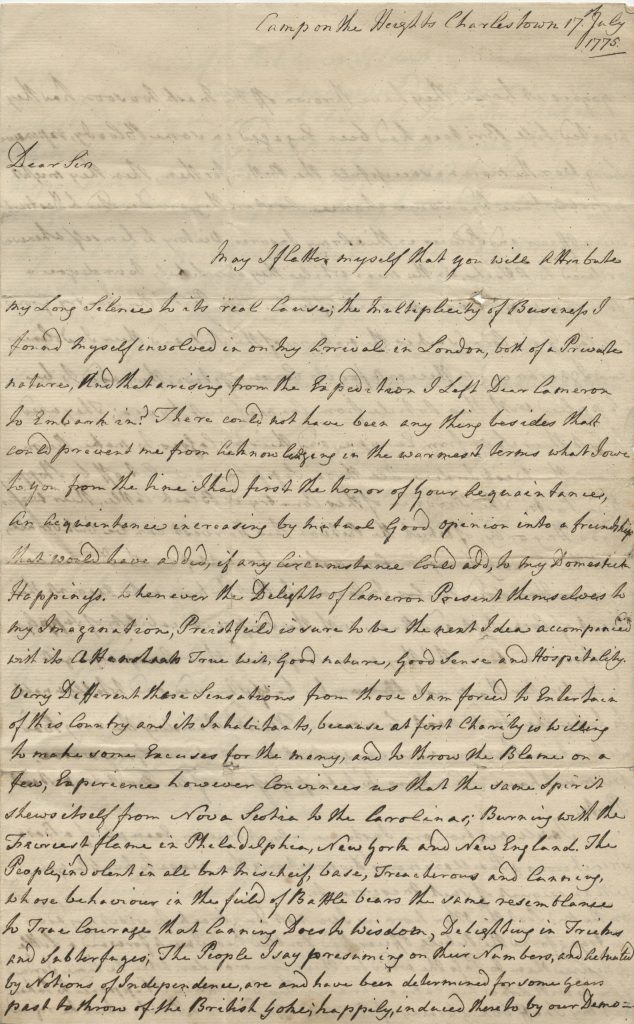
John Gunning to Alexander Dick
July 17, 1775The Society of the Cincinnati, The Robert Charles Lawrence Fergusson Collection
page 1Written by a captain of the British army during the siege of Boston, expressing contempt of the American "habituated by notions of independence... the same spirit shews itself from Nova Scotia to the Carolinas . . ."
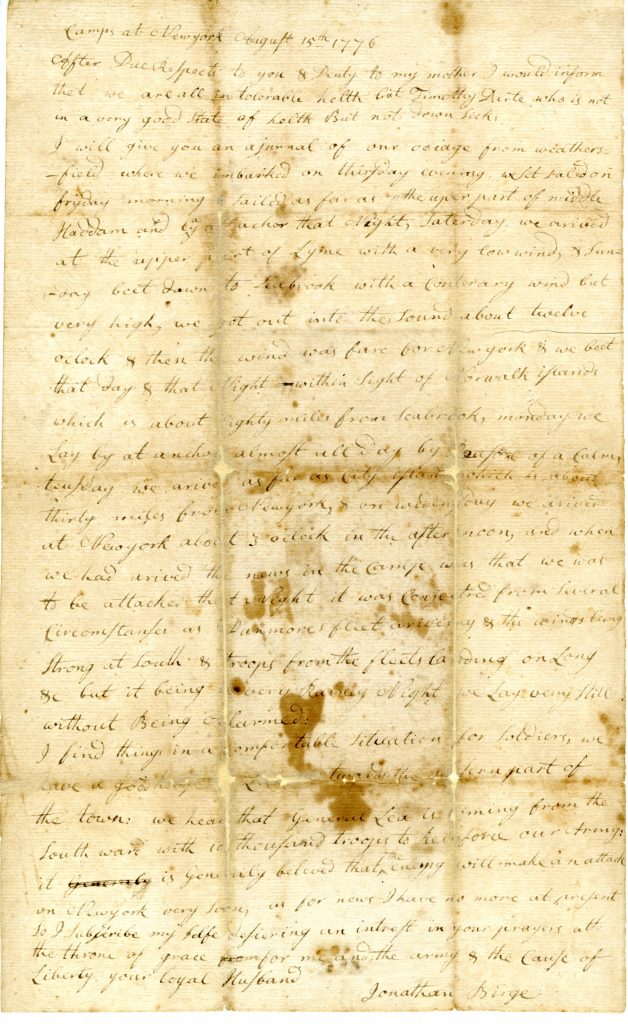
Jonathan Birge to Priscilla Birge
August 15, 1776The Society of the Cincinnati, The Robert Charles Lawrence Fergusson Collection
Series of letters by Jonathan Birge to his wife, Pricilla Birge, regarding the role of him and his company of troops during the 1776 New York campaign.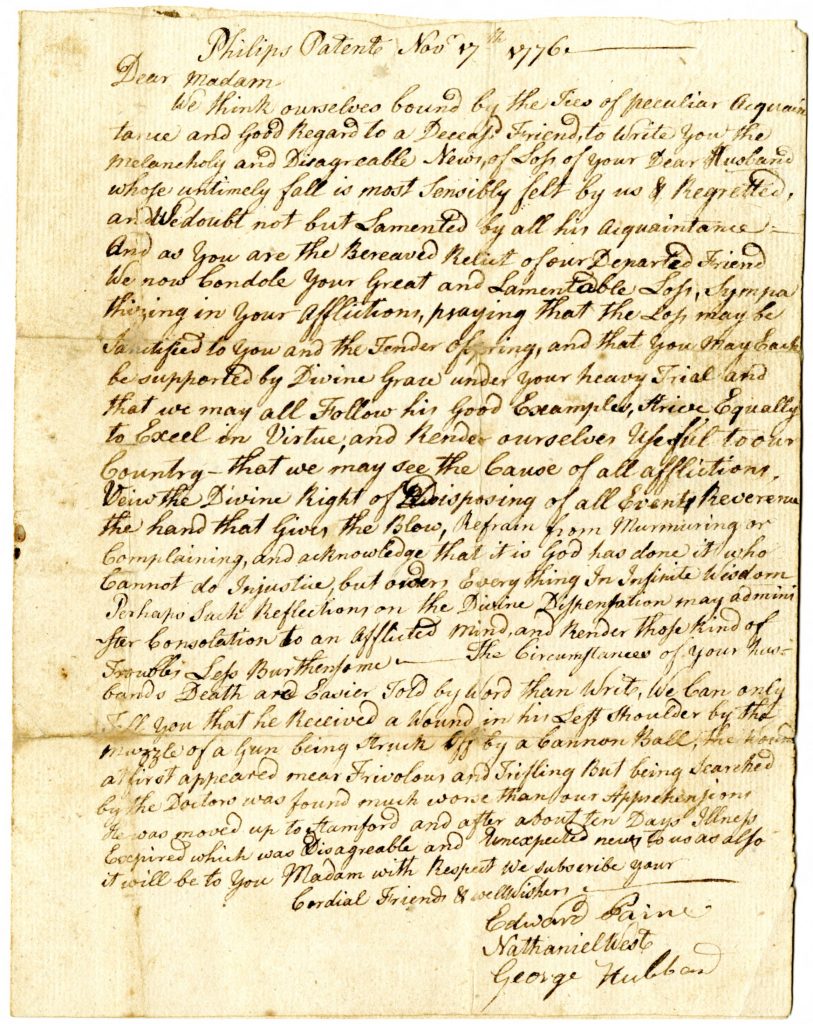
Edward Paine, Nathaniel West and George Hubbard to Priscilla Birge
November 17, 1776The Society of the Cincinnati, The Robert Charles Lawrence Fergusson Collection
page 1Edward Paine, Nathaniel West and George Hubbard to Priscilla Birge, regarding the death of Jonathan Birge.
